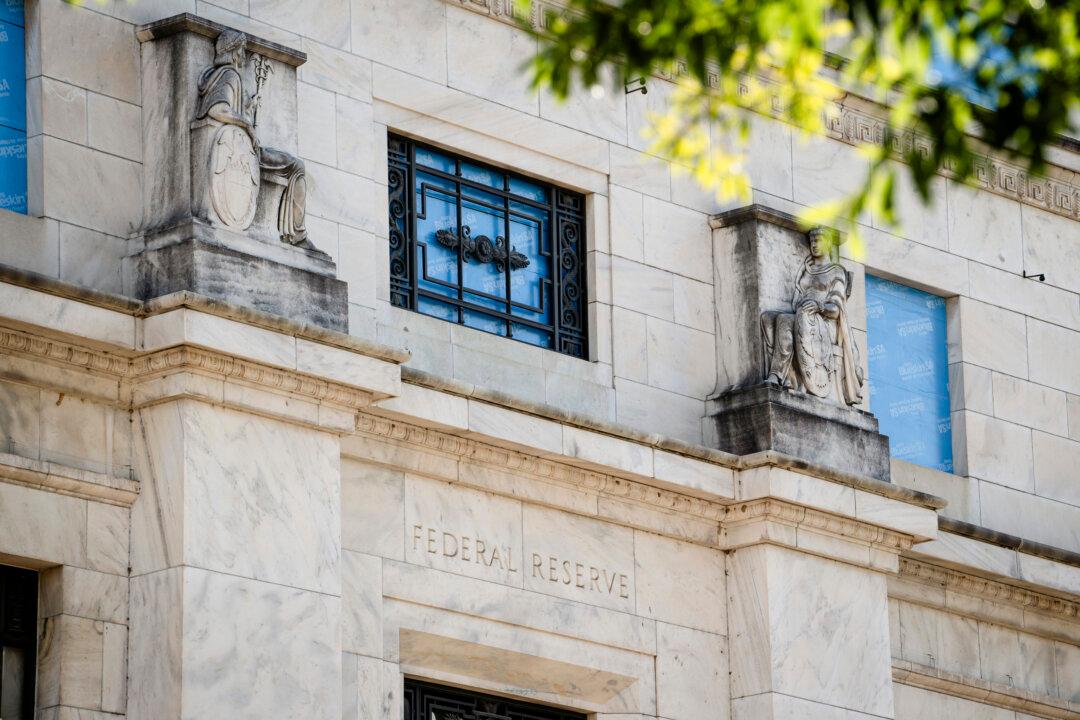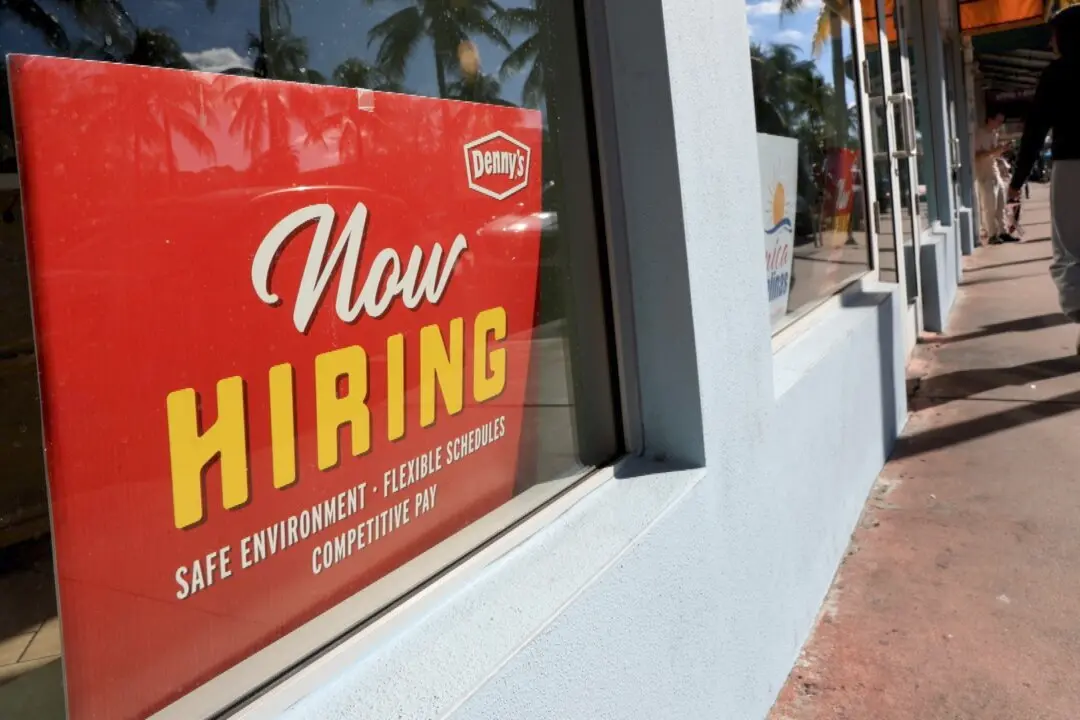Economic conditions in three-quarters of the United States experienced “flat or declining activity” in August as employment levels held steady and prices increased modestly, according to the latest Federal Reserve report.
The Beige Book—a summary of regional economic conditions across the 12 Fed districts—highlighted a national economy treading water. Of the dozen Fed districts, nine recorded sluggish or contracting economic activity, up from five in July. Three districts reported expansions.





